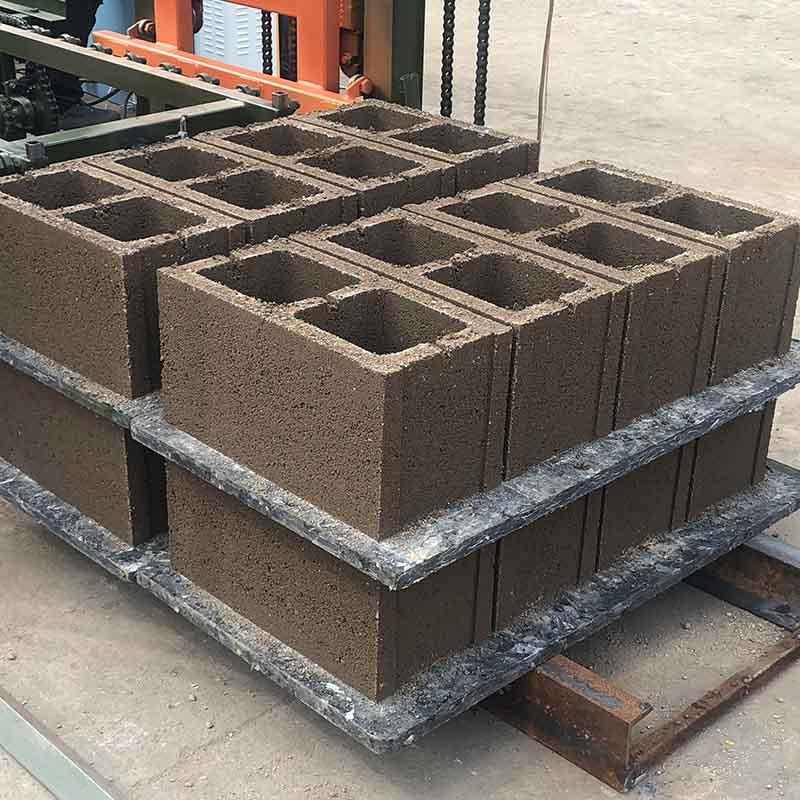
Image source:Aiwei block machine
Introduction
Urbanization is a global phenomenon that has transformed landscapes and societies across the world. The United States and Kenya, though vastly different in scale and economic development, share the challenges and opportunities of urbanization. This article conducts a comparative study to analyze how hollow block machines contribute to urbanization in both nations. By examining their roles, impacts, and adoption, we gain insights into the dynamic relationship between technology and urban development in diverse contexts.
1. Urbanization in the USA and Kenya
Urban Growth: The USA and Kenya have experienced significant urbanization over the past century, albeit at different scales. The USA is predominantly urban, with well-established cities, while Kenya is witnessing rapid urban growth, particularly in Nairobi and other major urban centers.
2. Hollow Block Machines: A Sustainable Solution
Eco-Friendly Construction: Hollow block machines offer an eco-friendly solution to urban construction by optimizing material usage and energy efficiency.
Affordability: The cost-effective nature of hollow block construction aligns with the need for affordable housing in both nations.
3. Case Study 1: The USA
Urban Redevelopment: In the USA, hollow block machines are used in urban redevelopment projects. Their speed and efficiency make them ideal for transforming aging urban infrastructure.
Sustainability Goals: American cities are increasingly focusing on sustainability and energy efficiency in construction, which aligns with the properties of hollow blocks.
4. Case Study 2: Kenya
Rapid Urbanization: Kenya’s urban population is growing rapidly, leading to increased demand for housing and infrastructure. Hollow block machines have become instrumental in meeting this demand.
Local Employment: In Kenya, the use of hollow block machines has also contributed to local employment, empowering communities and fostering economic growth.
5. Impact on Construction Practices
Speed and Efficiency: Hollow block machines expedite construction projects in both nations, reducing labor costs and timelines.
Quality and Durability: Hollow block construction provides durable and long-lasting structures, vital for urban infrastructure.
6. Economic and Social Impacts
Economic Growth: The adoption of hollow block machines contributes to economic growth through job creation and a thriving construction industry.
Affordability: In both the USA and Kenya, the affordability of hollow block construction makes homeownership more accessible to a broader population.
7. Government Policies and Support
Regulations: Both nations have building codes and standards to ensure the safe and efficient use of hollow block technology.
Incentives: Governments may offer incentives, subsidies, or tax benefits to encourage sustainable and affordable construction practices.
8. Challenges and Future Prospects
Infrastructure Development: While the USA has well-established infrastructure, Kenya faces challenges related to power supply and transportation networks to support the widespread use of hollow block machines.
Skill Development: Continuous training and skill development programs are crucial to ensure that local laborers can maximize the potential of this technology.
9. Lessons for Sustainable Urbanization
Global Relevance: The adoption of hollow block machines in both the USA and Kenya showcases their global relevance as tools for sustainable urbanization.
Technology Transfer: The USA’s experience can inform Kenya’s urbanization journey, while Kenya’s innovations can inspire sustainable practices in the USA.
Conclusion
Hollow block machines are pivotal in the urbanization processes of both the United States and Kenya, albeit in different contexts. While the USA employs these machines for urban redevelopment and sustainability goals, Kenya relies on them to meet the challenges of rapid urbanization and affordable housing needs. By understanding their roles, impacts, and the challenges they address, we can appreciate how technology is shaping urbanization in diverse settings, offering lessons and opportunities for sustainable and inclusive development worldwide.
